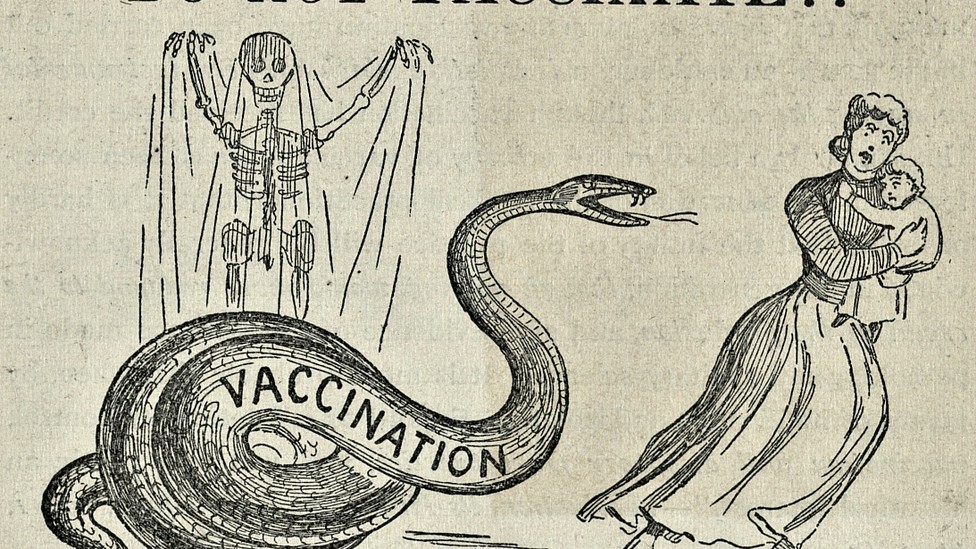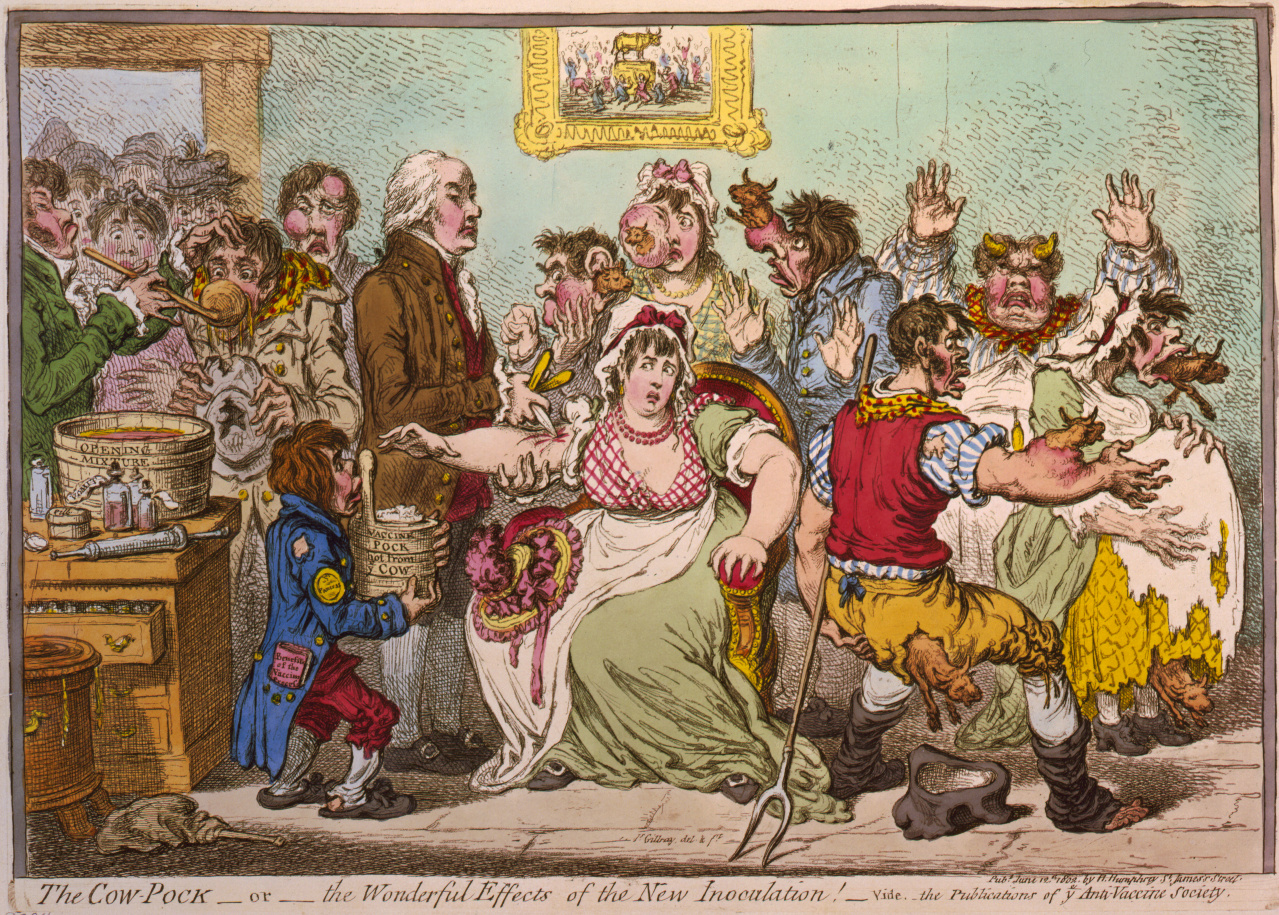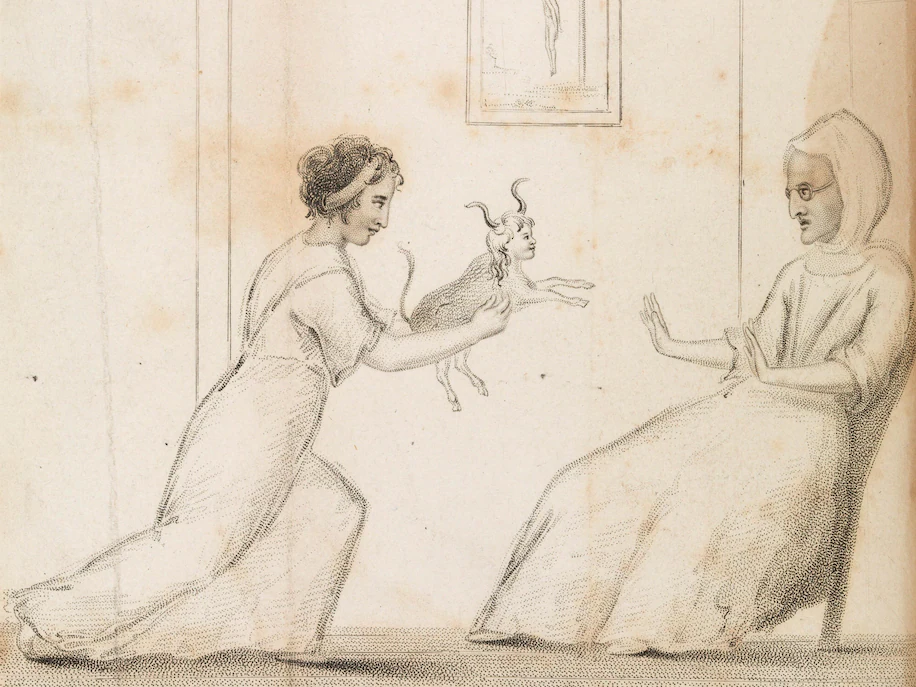Bowie completists rejoice. Eight hours of footage from his 1973 television program “The 1980 Floor Show,” have found their way to YouTube, including, Boing Boing notes, “uncut footage… multiple takes, backstage moments, and all of the dance rehearsals.” The show — actually an episode of the NBC series The Midnight Special curated by Bowie — lived up to its title (itself a pun on “1984,” the opening song of the broadcast), with elaborate dance numbers, major costume changes, and several guest performers: The Troggs, Amanda Lear, Carmen, and — most importantly — Marianne Faithfull, in career free-fall at the time but also in top form for this cabaret-style variety show.
When Midnight Special producer Burt Sugarman approached Bowie about doing the hour-long show, the singer agreed on the condition that he could have complete creative control. He chose to hold rehearsals and performances at London’s Marquee Club. The audience consisted of 200 young fans drawn from the Bowie fan club. Faithfull was “actually invited as one of the reserve acts,” notes Jack Whatley at Far Out, “ready to be called upon should someone else drop out.”
“The show was heavily advertised in the US press in the run up to the broadcast,” noted Bowie 75 in 2018, “but has never been shown outside the US or officially released,” though bootlegs circulated for years. Shooting took place over three days in late October, just a few months after Bowie played his final show as Ziggy Stardust at the Hammersmith Odeon Theatre, cryptically announcing at the end, “not only is it the last show of the tour, it’s the last show we’ll ever do.” Bowie then went on to release Aladdin Sane and his covers record Pin-Ups the following year, dropping the Ziggy character entirely.
But Bowie brought Ziggy back, at least in costume, for one last gig in “The 1980 Floor Show,” wearing some of the outfits Kansai Yamamoto designed for the Ziggy Stardust tours and still sporting the signature spiked red mullet he would continue to wear as his dystopian Halloween Jack persona on 1974’s Diamond Dogs. “The 1980 Floor Show” promoted songs from Aladdin Sane and Pin-Ups while visually representing the transition from Bowie’s space alien visitor persona to a different kind of outsider — an alien in exile, just like the character he played a few years later in Nicholas Roeg’s The Man Who Fell to Earth. As Maria Matheos writes at Hasta:
Ziggy no longer played guitar: Bowie had metamorphosed into Aladdin Sane. Parading across the stage in red platform boots and a patent-leather black and white balloon leg jumpsuit, referred to by designer Yamamoto as the ‘Tokyo pop’ jumpsuit, Bowie sought to assault the senses of his audience. Completely over the top? Yes. Verging on a parody of excess? Possibly. Would he have wanted us to take him seriously? He certainly did not (take himself seriously).
With Aladdin Sane, Bowie gave us a hyperbolic extension of his prior alien doppelganger; adding that his character, a pun on ‘A Lad Insane’, represented “Ziggy under the influence of America.”
See how Bowie constructed that new, and short-lived, persona from the materials of his former glam superstar character, and see the revelation that was Marianne Faithfull. The singer performed her 1964 hit, written by The Rolling Stones, “As Tears Go By,” solo. But the highlight of the show, and of her mid-seventies period, was the duet of Sonny & Cher’s “I Got You Babe” with which she and Bowie closed the show. “The costumes of the pair are magical.” Whatley writes,” with Bowie “in full Ziggy attire… aka his ‘Angel of Death’ costume—while Faithfull has on a nun’s habit that was open at the back.”
Bowie reportedly introduced the song with the tossed-off line, “This isn’t anything serious, it’s just a bit of fun. We’ve hardly even rehearsed it.” You can scroll through the 8 hours of footage at the top to see those rehearsals, and so many more previously unavailable Bowie moments caught on film.
via Boing Boing
Related Content:
Bowie’s Bookshelf: A New Essay Collection on The 100 Books That Changed David Bowie’s Life
David Bowie Became Ziggy Stardust 48 Years Ago This Week: Watch Original Footage
David Bowie’s Final Gig as Ziggy Stardust Documented in 1973 Concert Film
David Bowie on Why It’s Crazy to Make Art–and We Do It Anyway (1998)
Josh Jones is a writer and musician based in Durham, NC. Follow him at @jdmagness




